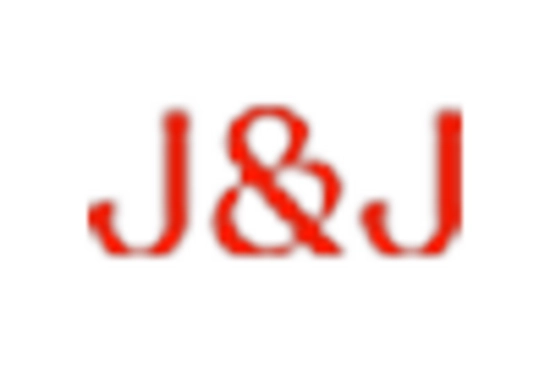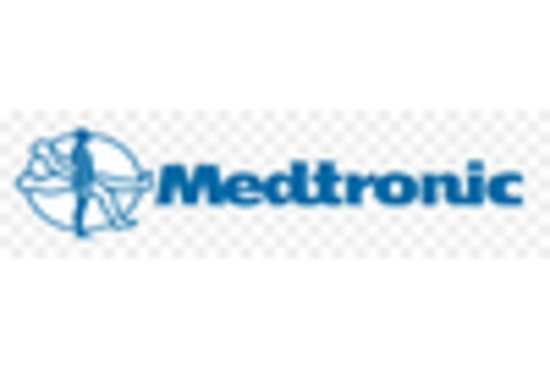Growing Aging Population
The growing aging population is a critical driver of the Orthopedic Software Market. As individuals age, they are more susceptible to musculoskeletal disorders, including arthritis and osteoporosis, which often require orthopedic intervention. By 2030, it is estimated that nearly 1 in 5 individuals will be aged 65 or older, leading to an increased demand for orthopedic services. This demographic shift necessitates the development of software solutions that can streamline patient management, enhance surgical planning, and improve postoperative care. The rising prevalence of orthopedic conditions among the elderly population is likely to fuel the growth of the Orthopedic Software Market.
Increased Focus on Rehabilitation and Recovery
There is an increased focus on rehabilitation and recovery within the Orthopedic Software Market. As healthcare providers recognize the importance of postoperative rehabilitation in achieving optimal patient outcomes, software solutions that facilitate rehabilitation protocols are gaining traction. These solutions often include features for tracking patient progress, providing exercise regimens, and enabling telehealth consultations. The rehabilitation software market is projected to grow significantly, driven by the need for effective recovery management. This trend underscores the importance of integrating rehabilitation-focused software into the broader orthopedic care continuum, thereby enhancing the overall effectiveness of orthopedic treatments.
Regulatory Support for Digital Health Solutions
Regulatory support for digital health solutions is emerging as a key driver in the Orthopedic Software Market. Governments and health organizations are increasingly recognizing the potential of digital health technologies to improve patient care and streamline healthcare delivery. Initiatives aimed at promoting the adoption of electronic health records and telemedicine are paving the way for the integration of orthopedic software solutions. This regulatory environment is likely to foster innovation and investment in the Orthopedic Software Market, as stakeholders seek to comply with evolving standards and leverage technology to enhance patient outcomes.
Rising Demand for Minimally Invasive Procedures
The Orthopedic Software Market is experiencing a notable increase in demand for minimally invasive surgical procedures. This trend is driven by the growing preference among patients for surgeries that promise reduced recovery times and lower risk of complications. As a result, orthopedic software solutions that facilitate preoperative planning, intraoperative navigation, and postoperative monitoring are becoming essential. The market for orthopedic surgical instruments is projected to reach approximately 45 billion USD by 2026, indicating a robust growth trajectory. This surge in demand for advanced surgical techniques necessitates the integration of sophisticated software solutions, thereby propelling the Orthopedic Software Market forward.
Technological Advancements in Imaging Techniques
Technological advancements in imaging techniques are significantly influencing the Orthopedic Software Market. Innovations such as 3D imaging, MRI, and CT scans are enhancing the accuracy of diagnoses and treatment plans. These advanced imaging modalities allow orthopedic surgeons to visualize complex anatomical structures in greater detail, leading to improved surgical outcomes. The orthopedic imaging market is expected to grow at a compound annual growth rate of around 6% over the next few years, reflecting the increasing reliance on advanced imaging technologies. Consequently, software solutions that can effectively integrate and analyze imaging data are becoming indispensable in the Orthopedic Software Market.

















